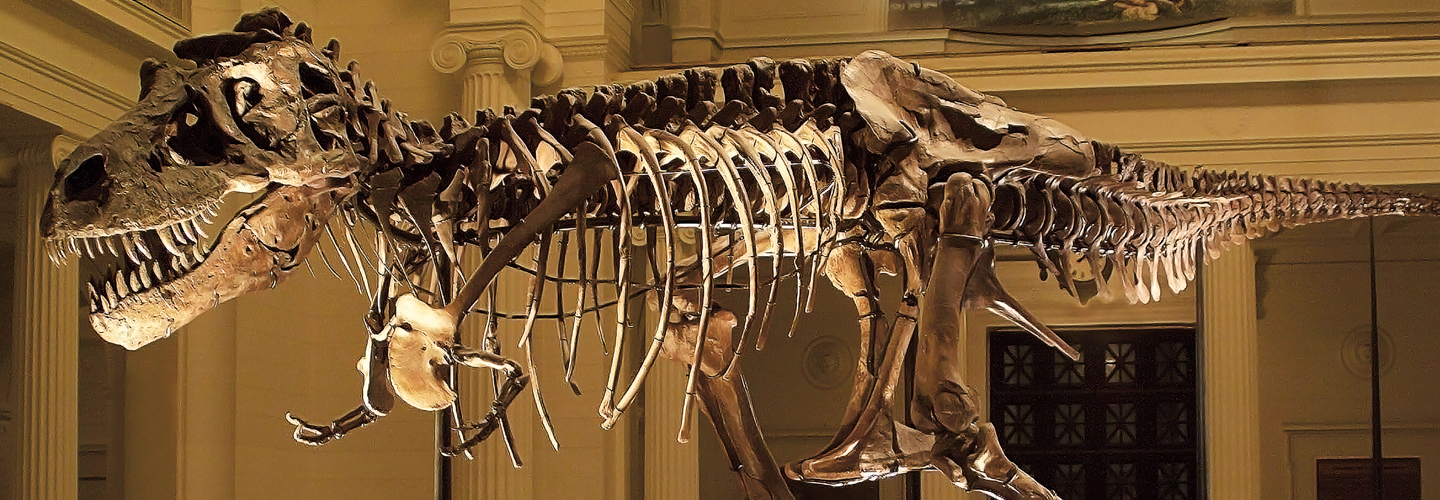Meet Sue. That’s the nickname of the most complete and best-preserved Tyrannosaurus rex skeleton ever discovered. Paleontologists, or fossil experts, found more than 90 percent of its bones in 1990.
Since 2000, the dinosaur has been on display in the main hall of the Field Museum in Chicago, Illinois. Millions of people have marveled at the fearsome predator. Now, Sue is on the move to a new exhibit on the museum’s second floor. The exhibit will open next year and will feature the dinosaur in a recreation of its prehistoric environment.
Sue lived 67 million years ago. Fossil remains are one of the few ways scientists can learn about long-extinct creatures such as Sue. Thanks to new techniques for studying bones, scientists are still learning new things about dinosaurs today. Museum workers will use this knowledge to reposition Sue’s skeleton so it is more accurate.
“It’s really exciting to move Sue and to be able to make these changes,” says Bill Simpson, a paleontologist at the Field Museum.
Meet Sue. That’s the nickname of a Tyrannosaurus rex skeleton. It’s the most complete one ever discovered. It’s also the best-preserved. Paleontologists, or fossil experts, found Sue in 1990. They dug up more than 90 percent of its bones!
The dinosaur has been on display since 2000. It stood in the main hall of the Field Museum in Chicago, Illinois. Millions of people have come to see the giant predator. Now, Sue is on the move. It’s getting a new exhibit on the second floor of the museum. The exhibit will open next year. The dinosaur will stand in a model of its ancient environment.
Sue lived 67 million years ago. Dinosaurs like Sue have been extinct for a long time. Fossil remains are one of the few ways scientists can learn about them. Scientists are now finding new ways to study ancient bones. That means they can still learn new things about dinosaurs today. Museum workers will use this knowledge to move Sue’s skeleton. They’re changing the position of its to make it more accurate.
“It’s really exciting to move Sue and to be able to make these changes,” says Bill Simpson. He’s a paleontologist at the Field Museum.

